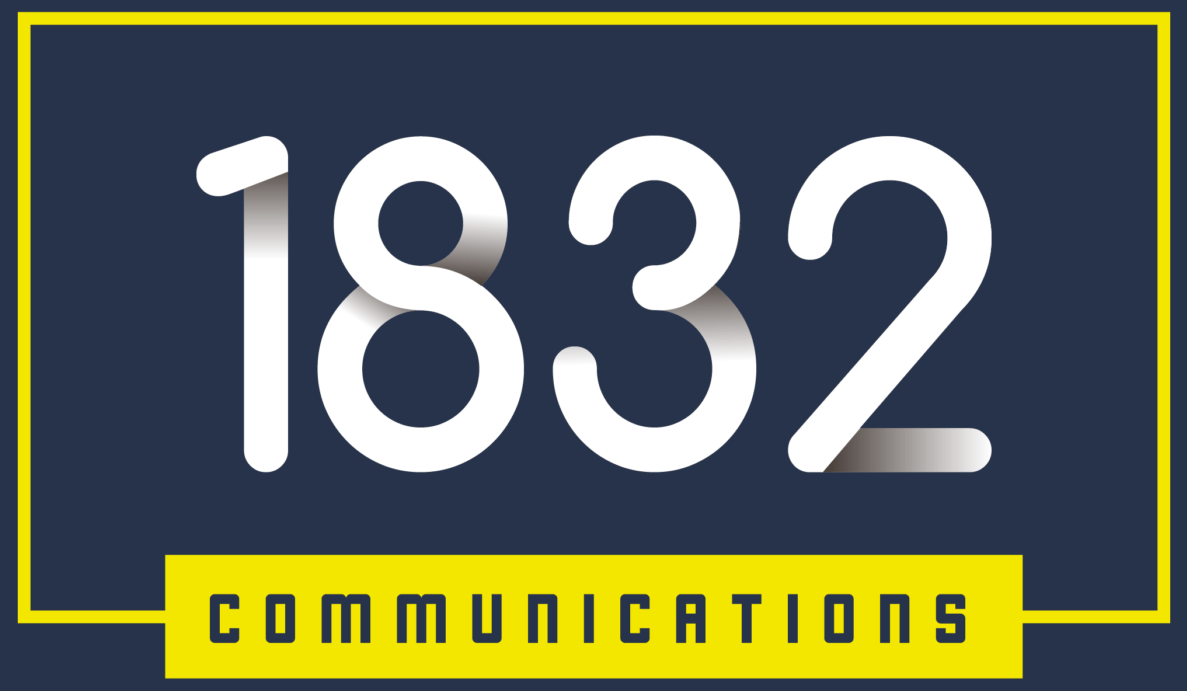I worked with a national nonprofit for seven years. Part of the work I did for them included…
- Managed their direct mail campaigns, including writing the letters and emails
- Composed speeches for the CEO
- Crafted presentations for the CEO
- Wrote and submitted grant applications to foundation funders
- Took part in creating partnerships with corporations
- Wrote website, social media, email and marketing material copy
Notice the common thread above? I did a LOT of writing.
Five times I was in charge of their year-end campaign. The first two years I wrote it. In year three I told the organization to hire a fundraising copywriting expert.
“Why?” asked the CEO.
“Because at this point I’ve been writing the same thing over and over for a few years and I can’t come up with new ways to say the same thing,” I answered.
When I mentioned this to my friend Jacob, he totally understood and said he calls it “self plagiarization.”
I LOVE that term because it’s very accurate!
If you’re involved in fundraising and marketing you do a LOT of writing and at some point you may feel like you don’t know how to write the copy for a fundraising campaign. Not because you don’t know how to write but because you feel like you’re just saying the same thing over and over.
You wanna change things up but you’re not sure how. Let’s get to potential solutions.

Image by 200 Degrees from Pixabay
Fresh perspectives for your copy
It’s important to remember that almost no one reads every letter you send, every email you deliver and every social media post you publish. Maybe you’re tired of saying the same thing over and over but your audience may not be tired of it.
However, I totally understand what it’s like staring at a blank screen and trying to figure out a new way to share with readers what you’ve already said a million times.
Here are some ideas to try and avoid self plagiarization:
- Call donors: Thank them for their gift, share some impact and then ask them questions: What program do they like best? Why do they give to your organization? What impact do they want to have in the community? Getting their answers will give you fresh ideas for how to approach writing about the problem you want them to solve.
- Ask someone else: Ask a non-fundraising staff member, a volunteer or even a beneficiary to write a first draft. Their perspective and way they view your mission gives you something different to work with. Or try this…
- Change the voice: Rather than the fundraising letter coming from the CEO, how about a beneficiary signs the letter? That will force you to compose copy from their viewpoint, in their voice, which will be different than your ED.
- ChatGPT: Give ChatGPT prompts about your mission, who you serve, the problem to be solved and ask ChatGPT to compose a fundraising letter. Will it be good enough to send? Heck no! You’ll absolutely need to review, edit, change and add copy. But instead of wasting time staring at the screen and not typing, get a first draft and work on that.
- Survey: Why did I share a survey last week? Because I want to hear from all of you what pain points you’re dealing with. That provides me with ideas of what to share in the enews. Survey your audience and find out what interests them, what impact they want to have, how they view your mission. Use the info to craft your copy.
- Use a product: You can use an online product such as Kindsight which, like ChatGPT, uses AI to craft copy. Products like Kindsight (the copywriting part) can be more accurate than ChatGPT as it was developed by fundraisers for fundraisers. Keep in mind that it’s a good first draft but will need the human touch to create finished copy that converts.
- Hire a consultant: Yes I know, the boss doesn’t wanna spend money. But if you hire great fundraising copywriters, you’ll raise more! Spend a buck to make three. Let someone from the outside with fresh eyes write your fundraising copy.
Just so you have a data point about number seven above: In the three years I managed the organization’s year-end campaign and the copy was written by a copywriting expert, the campaign ROI was 400-500%.
That means the organization made 400-500% more than they spent on copywriting, printing and mailing. I’d say that’s a pretty damn good return on investment!
Writing fundraising copy is tough. And if you’ve been doing it for awhile you may feel your copy is getting stale.
Use the ideas above to help craft copy which will raise more money for your organization!




